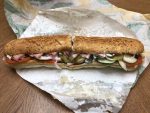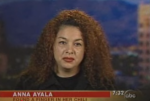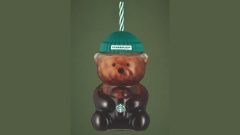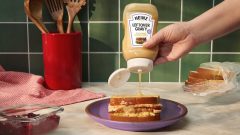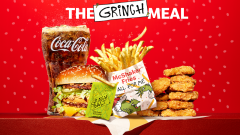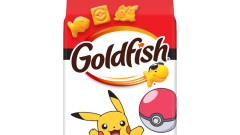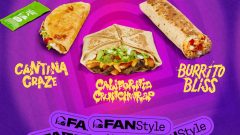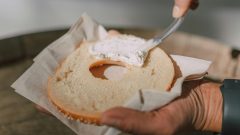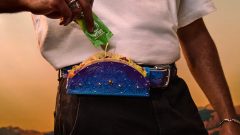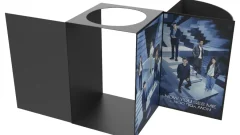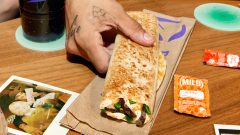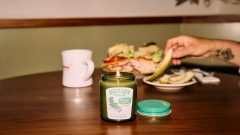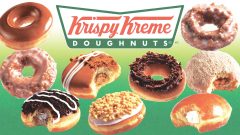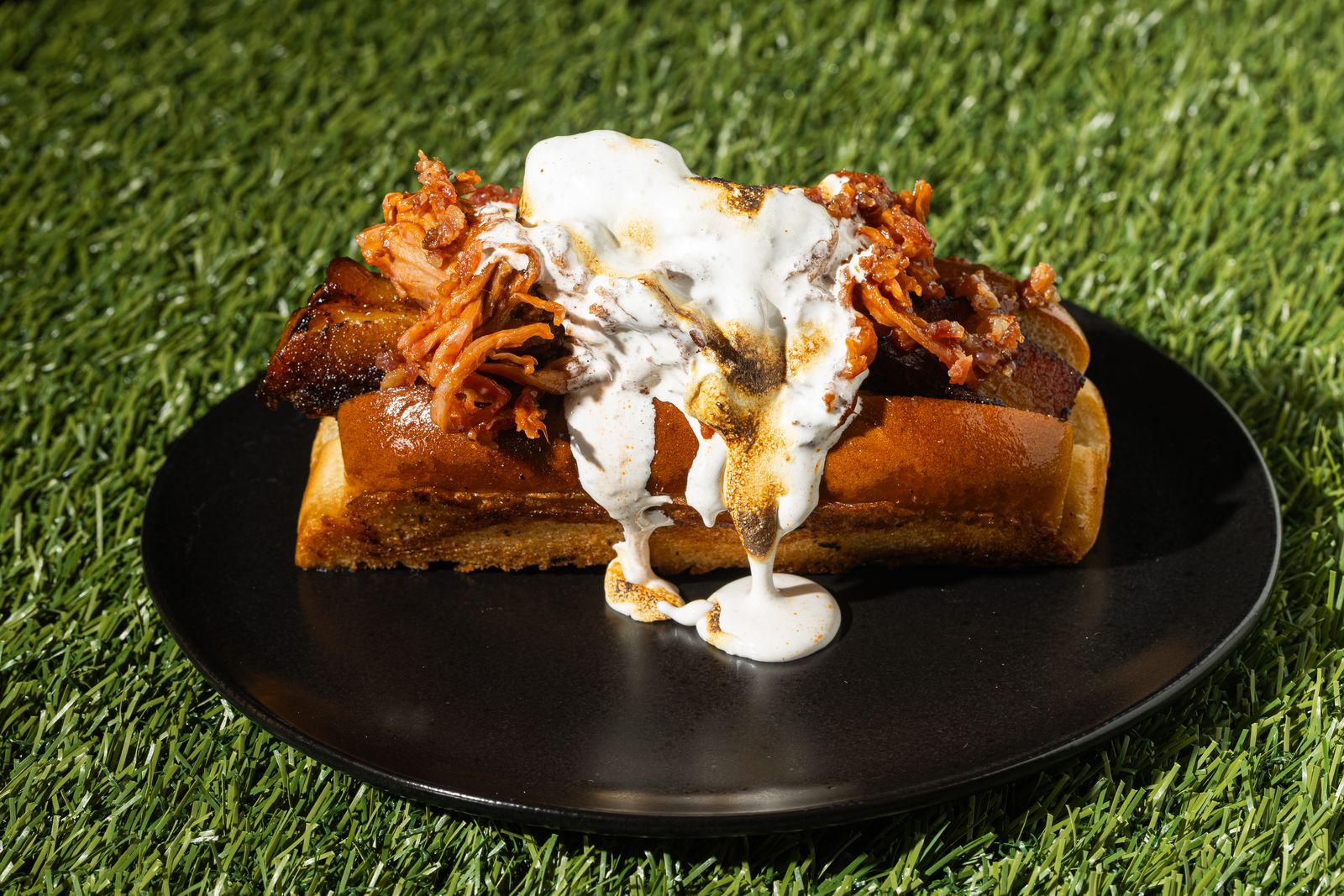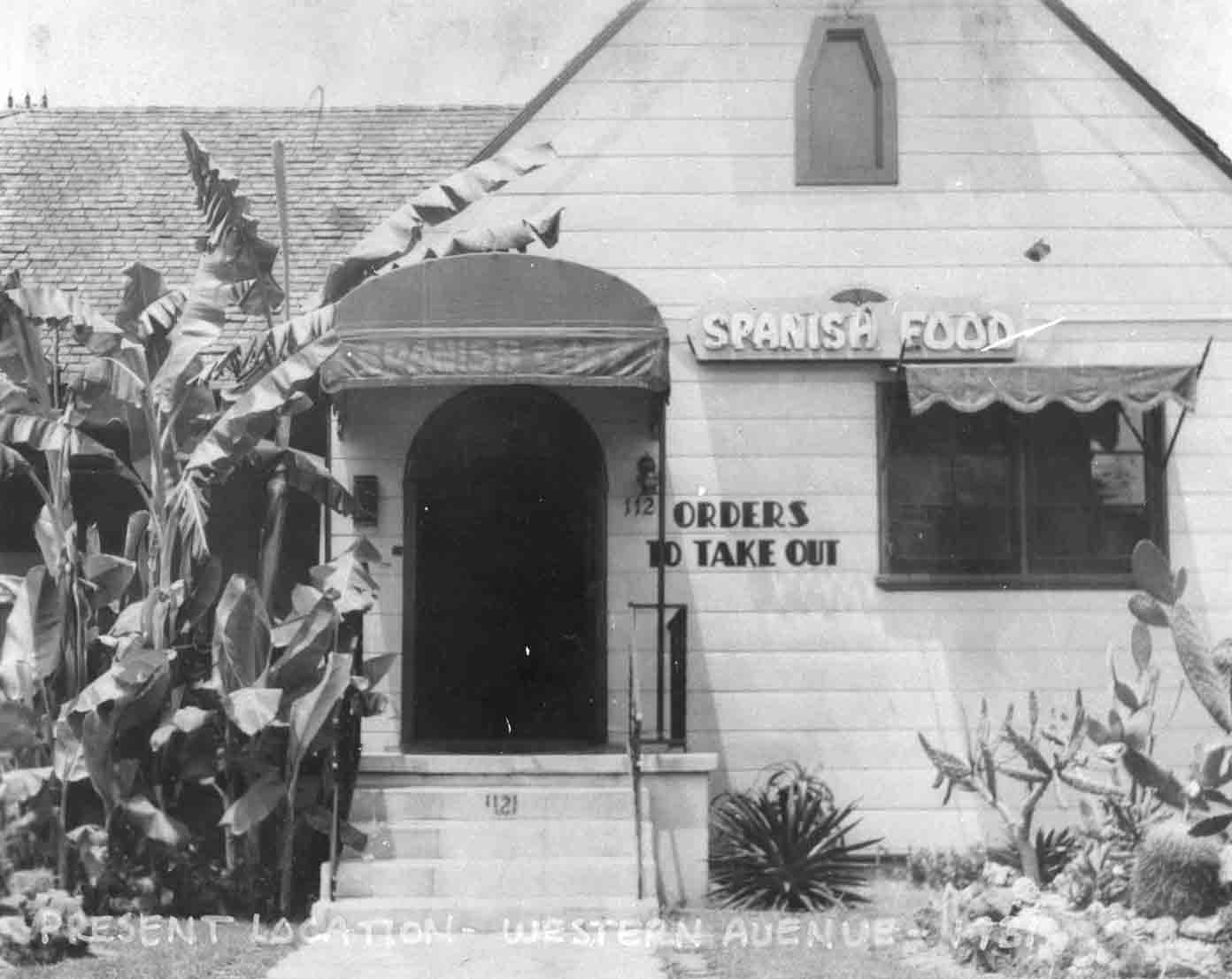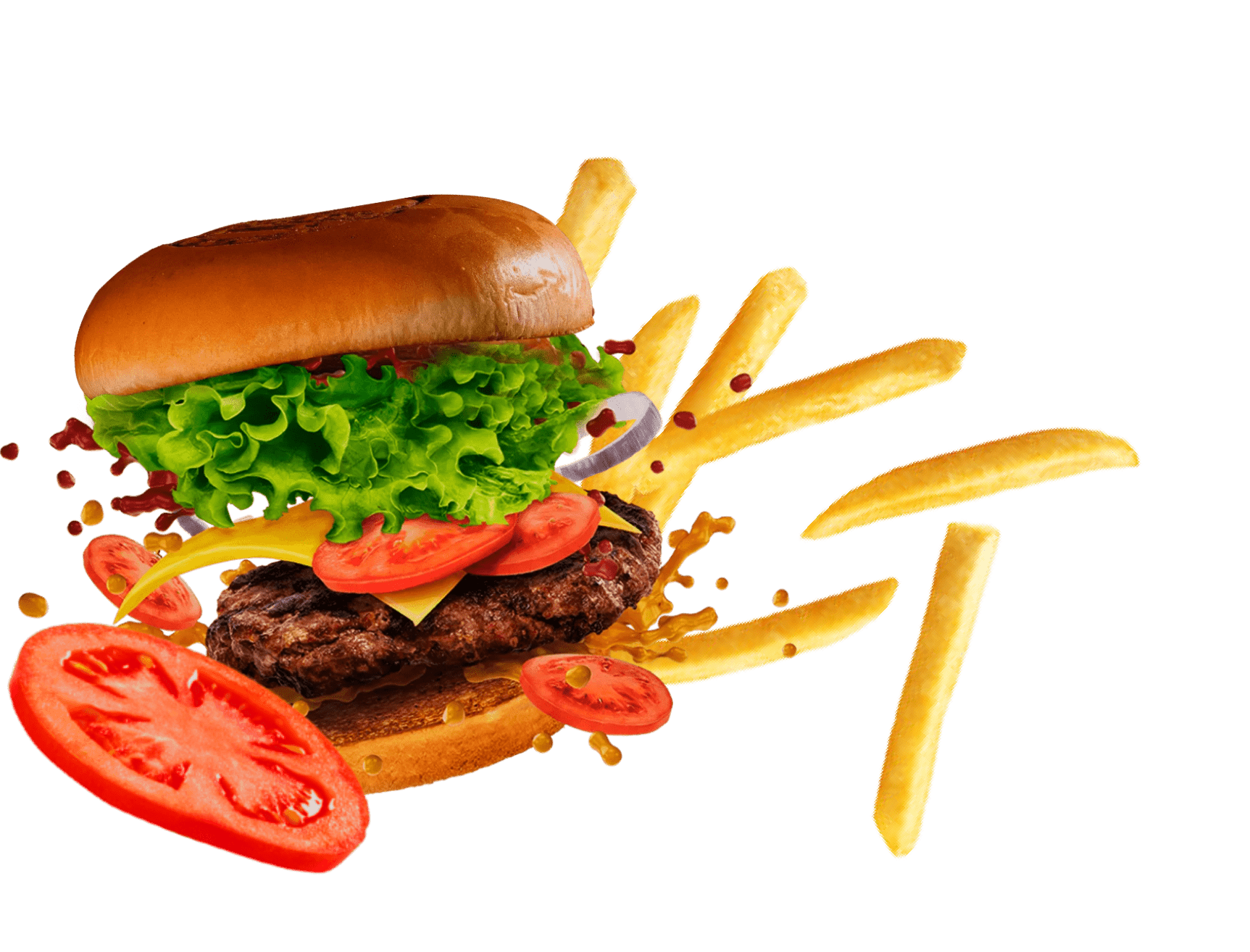5 Times People Sued Fast Food Chains For The Wildest Reasons
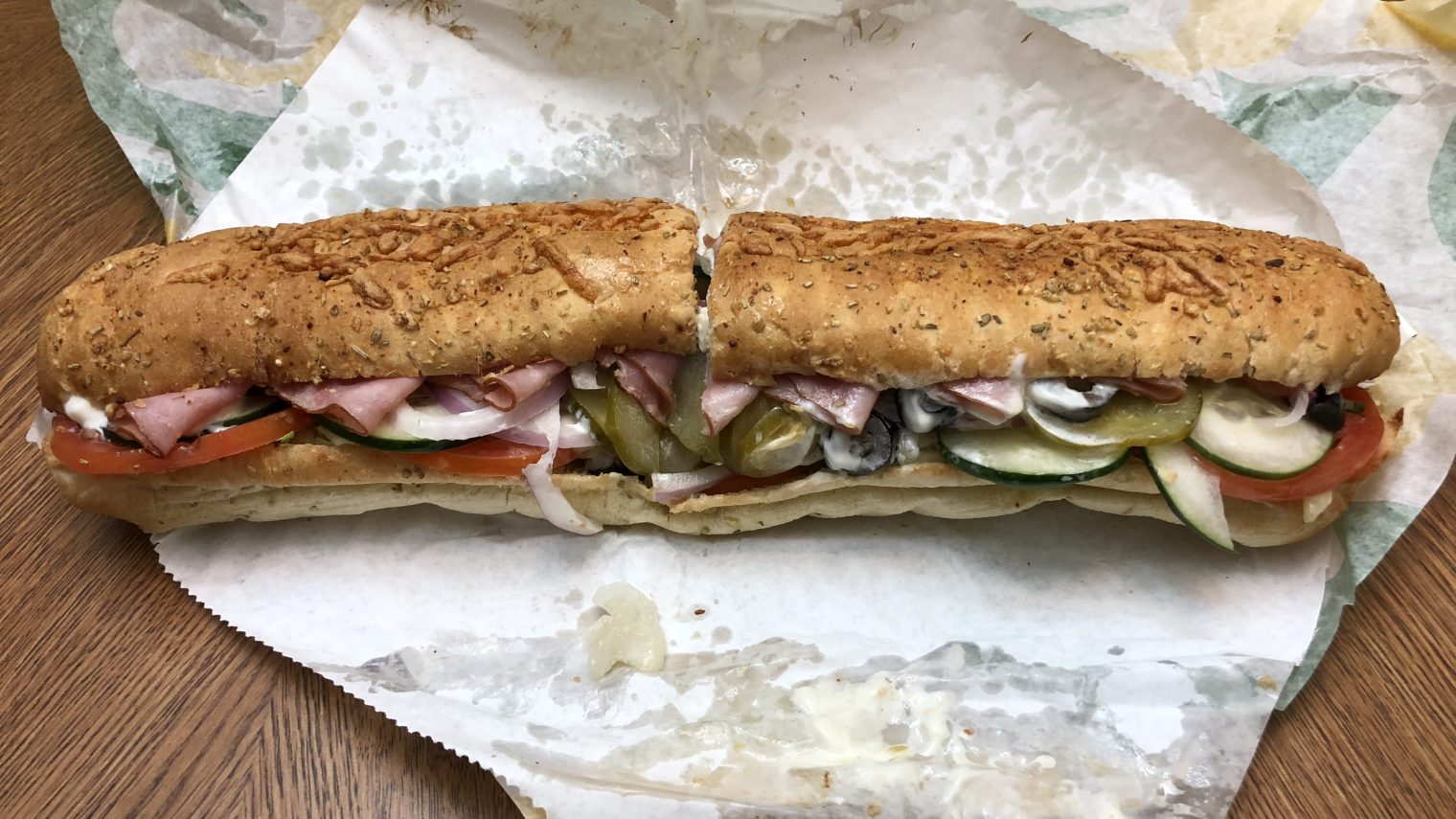
Money can’t buy happiness—but it can sure make living a helluva lot easier. That’s why some people are willing to crash out over a quick come-up. The never-ending barrage of lawsuits against fast food chains are great examples of this. No doubt, many are justified, but a lot of them are obvious and obnoxious attempts at cash-grabs.
Now, at the end of the day, I generally side with the little man or woman, but if we’re being honest, some lawsuits put a whole new meaning on the word frivolous and rightfully deserve to be tossed out of the courtroom. Here are five times fast food chains were sued for silly reasons.
Display mode
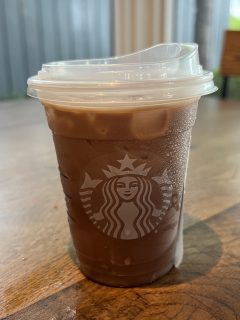
Starbucks Ice-To-Water Lawsuit (2016)
Starbucks has been fighting lawsuits for decades. In 2016, a man named Alexander Forouzesh accused the company of adding too much ice to its beverages. In a proposed class action suit, Forouzesh alleged that customers received less liquid as a result, despite what the advertisement depicted. According to the Wall Street Journal, he said that Starbucks sometimes adds as much as 10 fluid ounces of ice to cups.
At the time, Starbucks offered four cup sizes that could hold 10 fluid ounces; the venti being the largest at 20 ounces for hot drinks and 24 ounces for cold drinks. Based on Forouzesh’s assessment, cups contained mostly ice. In the end, however, the suit melted away. Iced beverages are sold in clear containers, for one, which lets customers see the liquid-to-ice ratio. And Starbucks simply brushed it off, saying that ice is an “essential component of any ‘ice’ beverage.” Furthermore, US judge Percy Anderson, who presided over the case, said this in his decision:
“If children have figured out that including ice in a cold beverage decreases the amount of liquid they will receive, the Court has no difficulty concluding that a reasonable consumer would not be deceived into thinking that when they order an iced tea, that the drink they receive will include both ice and tea and that for a given size up, some portions of the drink will be ice rather than whatever liquid beverage the consumer ordered.”
At the time, Starbucks offered four cup sizes that could hold 10 fluid ounces; the venti being the largest at 20 ounces for hot drinks and 24 ounces for cold drinks. Based on Forouzesh’s assessment, cups contained mostly ice. In the end, however, the suit melted away. Iced beverages are sold in clear containers, for one, which lets customers see the liquid-to-ice ratio. And Starbucks simply brushed it off, saying that ice is an “essential component of any ‘ice’ beverage.” Furthermore, US judge Percy Anderson, who presided over the case, said this in his decision:
“If children have figured out that including ice in a cold beverage decreases the amount of liquid they will receive, the Court has no difficulty concluding that a reasonable consumer would not be deceived into thinking that when they order an iced tea, that the drink they receive will include both ice and tea and that for a given size up, some portions of the drink will be ice rather than whatever liquid beverage the consumer ordered.”
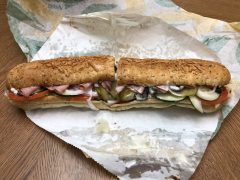
Subway Footlong (2017)
Subway was hit with a lawsuit in 2013 by Matt Corby—an Australian teen who shared a photo on Facebook of his Footlong sandwich measuring only 11 inches, instead of the full monty. The company chose to settle the case in 2016, awarding $520,000 to the customers’ lawyers, $5,000 of “incentive” awards to 10 plaintiffs, and agreeing to establish quality control measures consistent with “the realities of baking bread.” On the surface, the settlement appeared to address Corby’s concerns, but Subway admitted that criticism from the media also influenced the decision.
Was Subway selling short Footlongs? Yes, but not with the intention of deceiving customers. The act of baking bread itself is an unpredictable one. Two buns from the same mixture can turn out differently. That’s why Subway Footlong sandwiches sometimes fall short. That said, Subway demonstrated that short Footlongs and actual ones both contain the same amount of ingredients by weight, so customers weren’t really being deceived.
Was Subway selling short Footlongs? Yes, but not with the intention of deceiving customers. The act of baking bread itself is an unpredictable one. Two buns from the same mixture can turn out differently. That’s why Subway Footlong sandwiches sometimes fall short. That said, Subway demonstrated that short Footlongs and actual ones both contain the same amount of ingredients by weight, so customers weren’t really being deceived.

Starbucks Dress Code (2025)
Starbucks is back in hot water again over its new dress code—which according to frustrated employees, requires they spend their own money. In response, class action lawsuits were filed in Illinois and Colorado state courts, and employees also filed complaints with California’s Labor and Workforce Development Agency, warning that another class action lawsuit might follow.
The new Starbucks dress code, which went into effect on May 12, 2025, requires employees in North America to wear a solid black shirt, collar or not, with short or long sleeves that cover the midriff and armpits. It also covers pants, which must be khaki or black or blue denim without designs or frayed hems, and solid black dresses, waterproof shoes, shoe colors, socks, hosieries, face tattoos, piercings and more. All of which must be followed before employees can start their shift.
As a result, Brooke Allen, a student and Starbucks employee, said she had to spend $60.09 on new shoes and an additional $86.95 on clothes. Allen says that Starbucks should cover the costs of new clothes, as many live paycheck to paycheck—and she has a point. However, so does Starbucks, because Allen, like any employee, doesn’t have to spend over $100 on clothes in order to adhere to the new dress code. There are plenty of workable clothes on Amazon and elsewhere that cost less. It’s giving cash grab, considering that another guy named Gilbert Cruz asked Starbucks to pay $10 for the removal of his nose piercing.
The new Starbucks dress code, which went into effect on May 12, 2025, requires employees in North America to wear a solid black shirt, collar or not, with short or long sleeves that cover the midriff and armpits. It also covers pants, which must be khaki or black or blue denim without designs or frayed hems, and solid black dresses, waterproof shoes, shoe colors, socks, hosieries, face tattoos, piercings and more. All of which must be followed before employees can start their shift.
As a result, Brooke Allen, a student and Starbucks employee, said she had to spend $60.09 on new shoes and an additional $86.95 on clothes. Allen says that Starbucks should cover the costs of new clothes, as many live paycheck to paycheck—and she has a point. However, so does Starbucks, because Allen, like any employee, doesn’t have to spend over $100 on clothes in order to adhere to the new dress code. There are plenty of workable clothes on Amazon and elsewhere that cost less. It’s giving cash grab, considering that another guy named Gilbert Cruz asked Starbucks to pay $10 for the removal of his nose piercing.
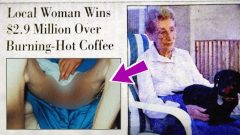
McDonald’s Hot Coffee (1992)
The most famous lawsuit against a major fast food chain occurred in 1992 when 79-year-old Stella Lieback-who spilled her coffee and suffered third-degree burns as a result-accused McDonald’s of serving coffee at scorching temperatures. People called Liebeck a liar, with many believing she wanted an easy pay day. However, there’s more to the story. For one, she suffered second and third-degree burns on over 16% of her body, causing her to go into shock. Lieback spent a week in the hospital, where she underwent several skin graft surgeries, accruing a medical bill of $20,000.
In response, Lieback wrote a letter to McDonald’s asking to be reimbursed for her medical bills and for the company to check the temperature of its coffee. She didn’t request a major pay day or make a big hoopla to the press. It was only when McDonald’s offered just $800 in recompense that Liebeck decided to contact a lawyer. And even then, Liebeck tried to settle out of court, which failed, finally pushing her to sue McDonald’s publicly.
At the time, the temperature of McDonald’s coffee ranged from 195 to 205 degrees Fahrenheit, and was sold at 180 to 190 degrees Fahrenheit. Oddly enough, those are typical temperature ranges for coffee. However, her lawyer argued that those temperatures are as hot as a car’s “radiator after you drive from your office to home,” and Liebeck was subsequently awarded $2.7 million.
In response, Lieback wrote a letter to McDonald’s asking to be reimbursed for her medical bills and for the company to check the temperature of its coffee. She didn’t request a major pay day or make a big hoopla to the press. It was only when McDonald’s offered just $800 in recompense that Liebeck decided to contact a lawyer. And even then, Liebeck tried to settle out of court, which failed, finally pushing her to sue McDonald’s publicly.
At the time, the temperature of McDonald’s coffee ranged from 195 to 205 degrees Fahrenheit, and was sold at 180 to 190 degrees Fahrenheit. Oddly enough, those are typical temperature ranges for coffee. However, her lawyer argued that those temperatures are as hot as a car’s “radiator after you drive from your office to home,” and Liebeck was subsequently awarded $2.7 million.
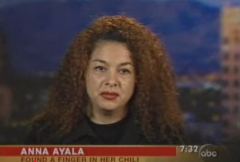
Wendy’s "Chili Finger Lady" (2005)
Here’s a story sure to blow your mind. In 2005, a woman named Anna Ayala accused Wendy’s of putting a severed finger into her chili. After news of her lawsuit against Wendy’s hit the press, it spread like wildfire among the company’s fanbase, leading to a loss of over $21 million in revenue. Here’s the kicker: an investigation into Ayala’s claims proved that she planted the finger herself, which was given to her by one of her husband’s co-workers, who severed it in a work accident. Yes, the entire hair-brained scheme ultimately backfired- except in this case, both parties lost.
Ayala ended up being charged with felony grand larceny and was put in prison for four years. However, her run-ins with the law didn’t end there. In 2012, she was arrested for claiming that her son was shot, when he, in fact, shot himself. And in 2013, she served two more years in prison for another false claim.
Ayala ended up being charged with felony grand larceny and was put in prison for four years. However, her run-ins with the law didn’t end there. In 2012, she was arrested for claiming that her son was shot, when he, in fact, shot himself. And in 2013, she served two more years in prison for another false claim.

